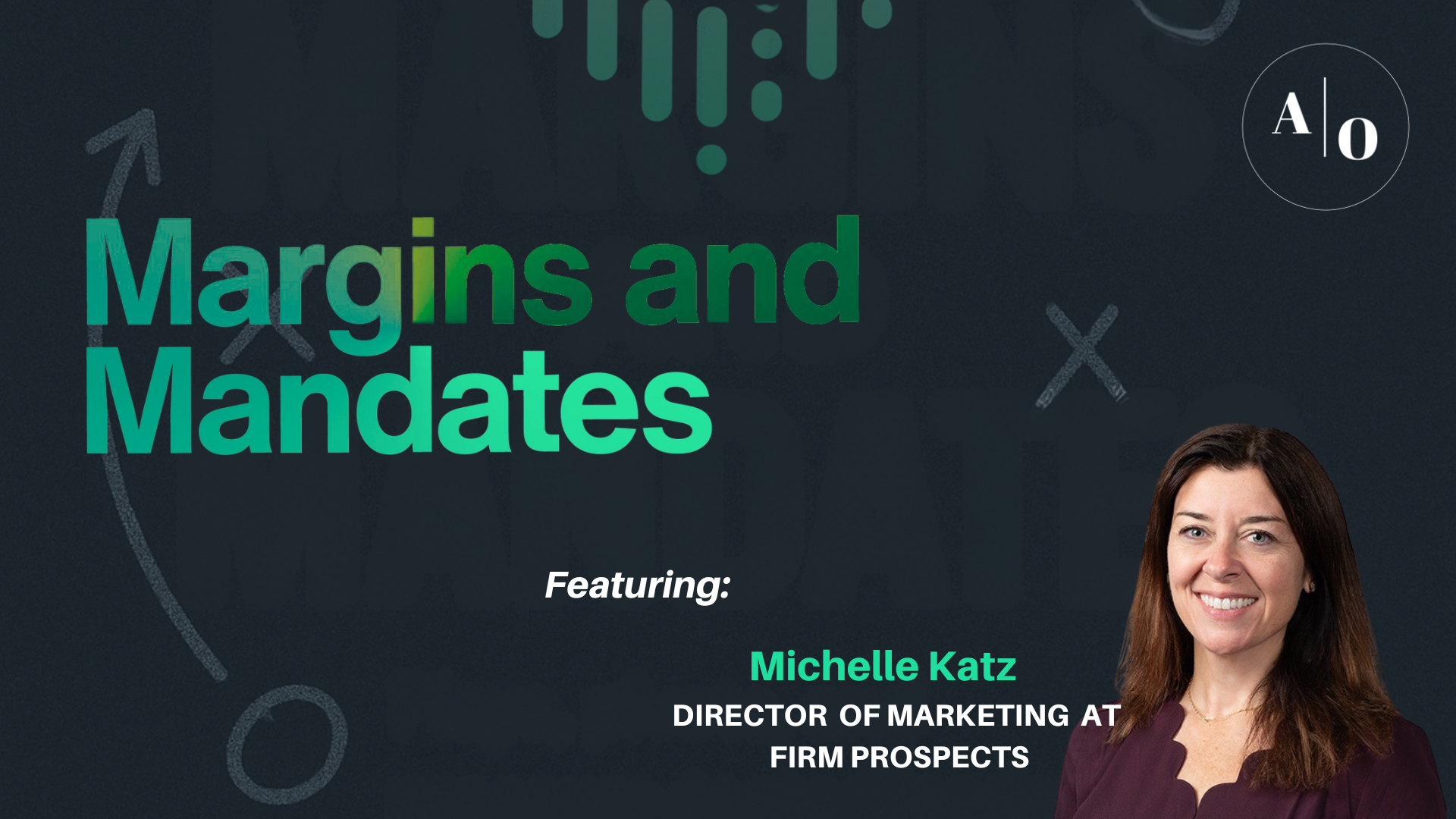A step-by-step process for getting your organization aligned to get a board-approved plan and budget by the end of the year
Annual Business Planning Defined
The building of the annual budget and business plan is a pivotal process that sets the direction for your company’s future and represents an opportunity to align your team across all functions. Getting a board-approved budget and plan by end of the year without losing your hair and completely distracting the team from closing Q4 strong is a challenge. As a CEO who has led multiple companies through this rigorous process, I’ve developed a keen understanding of the nuances involved.
Many executives think of the planning process as the development and approval of a financial plan or budget for the coming year. The budget is a critical element of the package but should be accompanied by a formal business plan that establishes:
- Strategic priorities and key initiatives for the business
- Metrics and KPIs with targets that quantify performance against the plan
- A framework of departmental ownership and support for cross-functional initiatives that allow detailed plans to be developed by department
- OKRs (Objectives and Key Results) for the first quarter
In this post, I’ve outlined a 6 step approach to building an annual plan and budget. I’ll guide you through the steps and publish more detailed thoughts on some steps in separate posts.

1. Managing the Business Planning Cycle
It’s important to first acknowledge that the foundation for business planning is the strategic plan. A strategic plan defines the long-term direction of an organization, focusing on overarching goals such as vision, mission, and corporate strategy. It sets the stage for the future by outlining the “why” and “what” of the company’s aspirations. Our post: The Role of Strategy in Business Planning suggests a flexible roadmap for building this plan designed to adapt through periodic revisions, particularly through the use of strategy sprints.
In contrast, a business plan is more tactical, focusing on the “how.” It outlines the steps needed to achieve the strategic objectives, with detailed sections on operations, marketing strategies, financial forecasts, and KPIs.
While both plans are essential, the strategic plan serves as the guiding compass, and the business plan becomes the operational map. They must work in tandem, with the business plan continually evolving in response to shifts in the strategic vision.
The business planning cycle spans 12 months of the year (covered in more detail in Mastering the Business Planning Cycle. Planning for the subsequent year should start as early as the third quarter. It may seem illogical to start building a budget before you have a solid forecast for end-of-year performance, but to deliver a comprehensive plan, you must start early.
Key Actions:
- Review and Reflect: Analyze the current year’s achievements and challenges. Build end-of-current-year forecast scenarios that establish a range of outcomes for financial modeling.
- Set Milestones: Establish and communicate clear deadlines with the Board. Build to iterate the plan at least once after the board presentation.
- Publish a Calendar: Share a detailed planning calendar with all key stakeholders. This should be run like a project with timelines, dependencies, resources, and risk management.
Pro-Tip: Utilize data-driven tools to analyze the past year’s performance, providing a factual basis for future planning.
2. Business Plan vs Budget
Preparing a financial plan or budget is a minimum requirement for planning the coming fiscal year. Ideally, the budget is in place, approved, and communicated before the start of Q1. The budget is typically developed by the CFO’s office built in collaboration with the executive team, and approved by the board.
The business plan documents the company’s objectives for the year and how they will be achieved. It defines the strategic objectives or “pillars” and the key initiatives that will be prioritized to support those objectives. Ultimately, the plan must have committed milestones, measurable performance metrics, and clear ownership for results.
Key Actions:
- Facilitate Strategic Sessions: The senior executives should define the strategy and high-level priorities and share them with their management teams. This is the first and potentially the most difficult step in the process. Take the time for the team to have focused discussions and unfiltered debate.
- Integrate Plans: Blend the strategic business plan with the budget in a unified approach. The plan must be achievable within the constraints of the budget and, in turn, the constructs of the budget will guided by the plan. They should be presented and approved as a unified plan.
- Set Realistic Yet Ambitious Goals: Goal setting should be an iterative process. Guide the process so that you end up formulating a plan that is challenging yet achievable.
Pro-Tip: Push your team to accept goals that make them uncomfortable. Challenge their thinking and create an environment in which a dashboard that is 100% green means your plan was not aggressive enough.
3. Getting Management Buy-In
The best way to get buy-in from leaders in the organization at all levels is to get them involved in building the plan. Executives need to collaborate to define the strategy and guardrails for the plan, but their managers need to come together to help define the tactical initiatives, both cross-functional and departmental, that will ensure the strategic objectives are met.
Key Actions:
- Conduct Leadership Workshops: Engage with senior executives to build the plan’s structure. Leverage cross-functional teams to brainstorm innovative ideas. We conducted multi-day offsite meetings, which also helped tone our collaboration muscles.
- Align on Priorities: Set SMART objectives (specific, measurable, achievable, relevant, and time-bound) and ensure data and reporting systems can support performance and progress tracking.
- Promote a Systemic View: Projects or initiatives that require support from multiple disciplines or departments (cross-functional) should have owners (lead department) and identify the needed departments.
Pro-Tip: Facilitate workshops encouraging open dialogue and constructive debate to forge a strong, aligned leadership team.
4. Developing a Good Plan
Crafting a good plan is a collaborative and iterative process. The structure of the plan allows the cascading of strategic objectives down to departmental plans, quarterly OKRs and even individual performance objectives. Managers should be able to ask themselves why they are working on something that is not aligned to the plan.
The plan also needs to be alive. The market and business environment in SaaS is always shifting. Be prepared to make adjustments to the plan as needed. A mid-year review and plan update is recommended at a minimum.
Key Actions:
- Define Core Pillars: Identify the main strategic pillars for the year and the main initiatives that support them. Ensure all other plans and departmental initiatives are aligned back to the top-level structure.
- Set Milestones and KPIs: Performance against the plan should be quantifiable and reported in a dashboard format. Every quarter, OKRs can be set to specify how the plan will progress over the next 90 days.
- Encourage Cross-Functional Collaboration: All elements of the plan should have individual or department owners and include dependencies owned by others.
Example: In a recent planning cycle, we established cross-functional groups to address each strategic pillar, resulting in a more integrated and comprehensive plan.
5. Ratification of the Plan and Q1 OKRs
As you reach the end of the planning cycle (and likely the end of the fiscal year), you need to get final approval of the plan and get set up to hit the ground running in Q1. As early as practical, present the initial draft to the governance committee for feedback and alignment. This may be the board or operating partners. Leave time for one last iteration of the plan after the formal presentation for approval.
- Gather Feedback: Seek input on the draft plan as early as possible with external advisors and stakeholders. Understand the review and approval process in advance.
- Finalize the Plan: Refine the plan incorporating the feedback received. Assume you may be pushed to set stretch goals in the plan. Leave room to accommodate this inevitability.
- Set Departmental OKRs: Make progress on the plan in 90-day increments. Set a cascading set of OKRs for Q1 that align and roll up to the plan and budget objectives. Publicize all OKRs across the organization.
Pro-Tip: Approach feedback not just as a formality but as a valuable source of insight, potentially uncovering aspects you may have overlooked.
6. Communication and Governance
I’ve learned that if you share something only once, you essentially haven’t shared it at all. Effective communication and governance are essential to keeping the plan on track and ensuring accountability. However, repetition and transparency are critical success factors in getting alignment and, ultimately, the success of plan execution.
- Organize All-Hands Meetings: Communicate the overall strategy and goals to the entire company as part of a kick-off meeting early in Q1. Invest the time to cover the plan in detail. I’ve been in environments in which the plan document is shared with all employees and they must certify in writing that they have read it!
- Schedule Regular Reviews: Conduct formal and rigorous Monthly and Quarterly Business Reviews based on OKRs. These meetings represent the primary mechanism for maintaining alignment and making consistent progress checks against the plan.
- Mid-Year Review: The one constant in the technology world is change. Plan to amend the plan formally at the end of Q2 based on progress to date and any shifts in strategy, market, resources, or performance. Typically, these adjustments can be made by the executive team and cascaded after.
Example: In my organization, our regular all-hands meetings have become a vital tool for reinforcing our shared goals and celebrating our collective achievements.
Takeaways
In summary, building an annual budget and business plan in the tech sector is a comprehensive exercise in strategic thinking, collaborative planning, and decisive leadership. This approach allows the executive team to extend beyond mere financial oversight; it involves inspiring your team, aligning various departments, and driving the organization toward a shared vision for success and innovation in the upcoming year.










